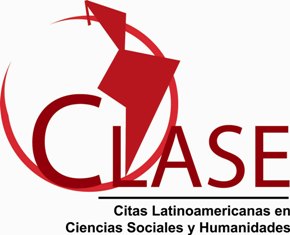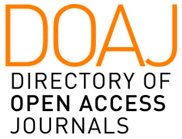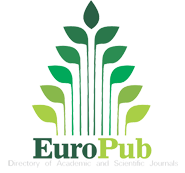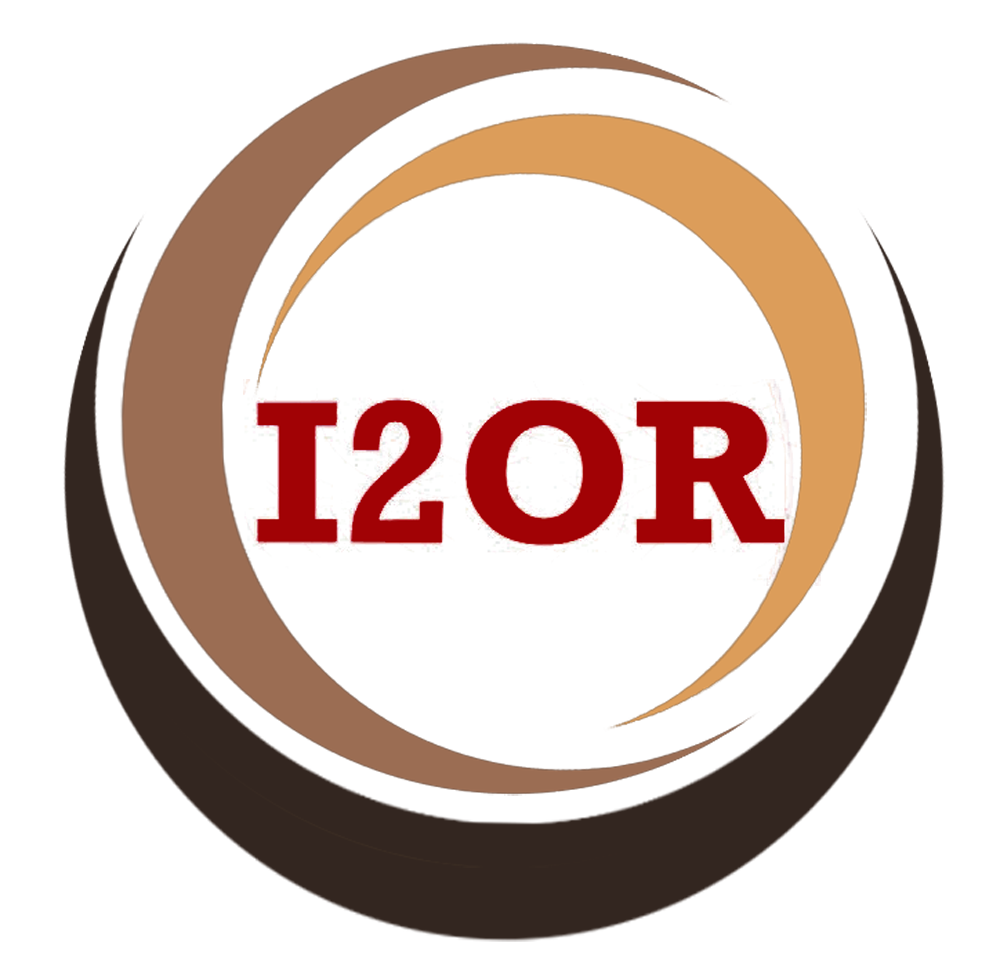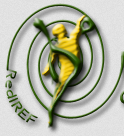Anthropological and demographical study of the potential athletes from 9-14 years old, from a mountainous municipality (Review)
Palabras clave:
genetic pile; crossbreeding; growth and developmentResumen
It was performed a non experimental and transversal research, to identify physical anthropological patterns on children from 9 to 14 years old, from a Cuba’s mountainous municipality. To statistical processing the proportions calculation, arithmetic mean, standard deviation, Kendall's W coefficient of concordance, one sample T-student test, Kolmogorov-Smirnov and Levene tests was applied. It was concluded that the researched population: are experimenting a strong crossbreeding process, where even predominates individuals whose ethnic external traits show certain Amerindian trend; have different growth and development patterns in relation to the rest of Cuban nation; and due to their inferior stature regarding to the rest of the country, possesses conditions little favorable for those sports whose structure of performance demands very high statures.
Descargas
Referencias
2. Berovides, V. (2014). La vida en la tierra y en otros mundos. ¿Estamos solos en el universo? La Habana: Editorial Academia.
3. Centro de Estudios de Población y Desarrollo. (2016). El Color de la Piel según el Censo de Población y Viviendas. La Habana: Oficina Nacional de Estadísticas e Información.
4. Comité Estatal de Estadísticas. (1979). Atlas Demográfico de Cuba. La Habana: Comité Estatal de Estadísticas.
5. Company, M. T., & Gómez-Escalonilla, I. (2008). Anatomía y fisiología humanas básicas. Madrid: Ediciones Akal.
6. Dirección Municipal de Planificación Física. (2015). Evolución histórico-urbana del poblado de Minas de Bueycito. Buey Arriba: Dirección Municipal de Planificación Física.
7. Facultad de Ciencias Médicas Julio Trigo López. (2015). Crecimiento y Desarrollo. Infomed. Retrieved from http://www.galeno.sld.cu/crecedes/articulos/
8. Garcés, L. (2015). Arqueología de Buey Arriba. Buey Arriba: Dirección Municipal de Patrimonio.
9. Gil, N., Hernández, E., & Contreras, J. (2016). El impacto de la prevención primaria y secundaria en la reducción del cáncer de piel. Revista CES Salud Pública, 7(2), 1–12.
10. Marcheco, B. (2013). Estudio muestra que en el ADN del cubano están todas las “razas.” Cubadebate. Retrieved from http://www.cubadebate.cu/
11. Marcheco, B., Fuentes, E., Marín, L. C., & Gómez, E. J. (2015). Cuba: Estudio de la historia del mestizaje y de las bases genéticas de la pigmentación de la piel utilizando marcadores autosómicos y uniparentales. Anales de la Academia de Ciencias de Cuba, 5(3). Retrieved from http://www.revistaccuba.cu/index.php/acc/article/viewFile/435/364
12. Medina, Z., Roteta, A., & Barcos, I. (2014). Crecimiento y desarrollo. Detección de los retrasos en el desarrollo. In J. M. Mugica, L. Cruz, & T. Sánchez (Eds.), Temas de Medicina General Integral. Salud y Medicina (3rd ed., Vol. I, pp. 196–223). La Habana: Editorial Ciencias Médicas.
13. Moreno-Estrada, A., Gravel, S., Zakharia, F., McCauley, J. L., Byrnes, J. K., Gignoux, C. R.,… Bustamante, C. D. (2013). Reconstructing the Population Genetic History of the Caribbean. PLoS Genet, 9(11), e1003925. doi:10.1371/journal.pgen.1003925
14. Oficina Nacional de Estadísticas e Información. (2017). Anuario Estadístico 2016. Granma. Bayamo: Oficina Nacional de Estadísticas e Información.
15. Oliva, R. (1991). Monografía histórica de Buey Arriba. Buey Arriba: Dirección Municipal de Patrimonio.
16. SPSS Inc. (2014). IBM SPSS Statistics 23.0. Chicago: SPSS Inc.
17. UCI. (2015a). Tipos de cabello. Holguín: UCI. Centro de Desarrollo Territorial. Retrieved from http://www.ecured.cu
18. UCI. (2015b). Taínos en Baracoa. Holguín: UCI. Centro de Desarrollo Territorial. Retrieved from http://www.ecured.cu
19. Valcárcel, R., Samson, A. V. M., & Hoogland, M. L. P. (2013). Indo-Hispanic Dynamics: From Contact to Colonial Interaction in the Greater Antilles. International Journal of History and Archaeology, 17, 18–39. doi:10.1007/s10761-012-0208-8
20. Yaremko, J. M. (2009). “Obvious Indian”—Missionaries, Anthropologists, and the “Wild Indians” of Cuba: Representations of the Amerindian Presence in Cuba. Ethnohistory, 56(3), 449–477. doi:10.1215/00141801-2009-004











